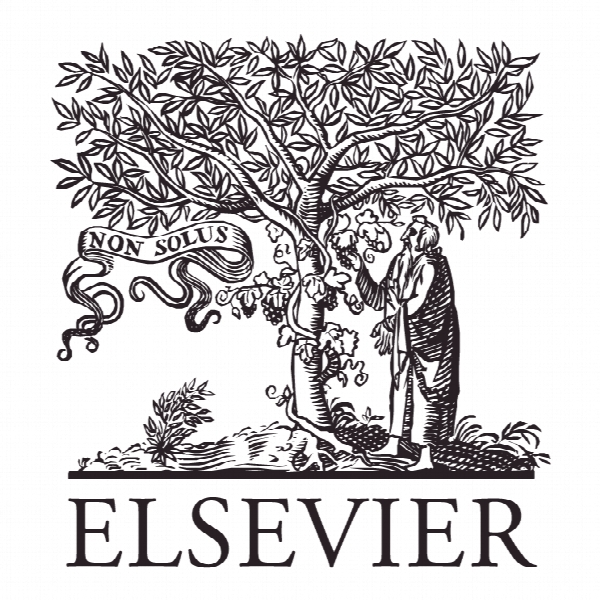نتایج درک شده توسط نیروهای خارجی تعیین می شود: نقش رویداد محکم در کاهش ضعف نتایج Perceiving outcomes as determined by external forces: The role of event construal in attenuating the outcome bias
- نوع فایل : کتاب
- زبان : انگلیسی
- ناشر : Elsevier
- چاپ و سال / کشور: 2017
توضیحات
رشته های مرتبط مدیریت و روانشناسی
مجله رفتارهای سازمانی و فرایندهای تصمیم گیری انسانی – Organizational Behavior and Human Decision Processes
دانشگاه بخش استراتژی، مدیریت و سازمان، دانشکده کسب و کار Nanyang، سنگاپور
نشریه نشریه الزویر
مجله رفتارهای سازمانی و فرایندهای تصمیم گیری انسانی – Organizational Behavior and Human Decision Processes
دانشگاه بخش استراتژی، مدیریت و سازمان، دانشکده کسب و کار Nanyang، سنگاپور
نشریه نشریه الزویر
Description
1. Introduction Imagine that before leaving your home this morning to walk to your office, you had checked the weather report and learned that the probability of rain today was only 10%. You decided that the probability was not high enough to warrant carrying your umbrella. However, when you were walking back home in the evening, there was a heavy downpour and you were thoroughly drenched. Would you be livid at yourself, concluding that you made a bad decision to not carry your umbrella to work that morning? Could it be that reading an article claiming that Barack Obama got reelected because of the American people’s decision to elect him versus because of a variety of economic, demographic, and cultural factors influence the extent to which you would blame yourself for not carrying an umbrella? According to normative theories of decision making, a decision should be based on the possible outcomes for each course of action, the probabilities associated with each of those outcomes, and the decision maker’s utility function. The outcome following the decision, if caused by factors outside the individual’s control, does not convey any information about the quality of the decision (Brown, Kahr, & Peterson, 1974; Edwards, 1984). However, people’s evaluations of decisions are significantly influenced by outcomes caused by external factors—individuals view the same decision as worse if it followed by a negative outcome than if it is followed by a positive outcome, a phenomenon called the outcome bias (Baron & Hershey, 1988). This bias is pervasive in diverse fields, including medicine (Gupta, Schriger, & Tabas, 2011), law (Hastie, Schkade, & Payne, 1999), and accounting (Kennedy, 1993). The outcome bias is related to the hindsight bias, which refers to the finding that people shift their ex ante estimated probabilities of outcomes once they learn about the realized outcome (Fischhoff & Beyth, 1975; see Hawkins & Hastie, 1990; Rozin & Royzman, 2001, for reviews). The outcome bias is distinct from the hindsight bias in that the outcome bias occurs even when the probabilities of the different outcomes are precisely specified and known in advance. Researchers have attempted to design interventions to attenuate the outcome bias. Some of the prominent interventions that have been investigated are giving people information about the existence of the outcome bias (e.g., Clarkson, Emby, & Watt, 2002), and asking people to generate arguments for why an alternate outcome could have been realized (e.g., Anderson, Jennings, Lowe, & Reckers, 1997; Kennedy, 1995; Lowe & Reckers, 1994). This work has found that whereas merely informing people about the existence of the outcome bias is not effective at attenuating the bias, asking people to generate arguments for alternative outcomes is effective to some extent (Grenier, Peecher, & Piercy, 2009). However, these studies suffer from strong demand effects. For example, when asked to recall arguments for why alternate outcomes could have been realized, participants are likely to infer that the experimenter wants them to moderate their view of their decision. Notably, these interventions have been designed by applied researchers in the field of accounting; we are not aware of basic research in judgment and decision making designed to reduce the outcome bias (but see Agrawal & Maheswaran, 2005, on motives that influence this bias).


